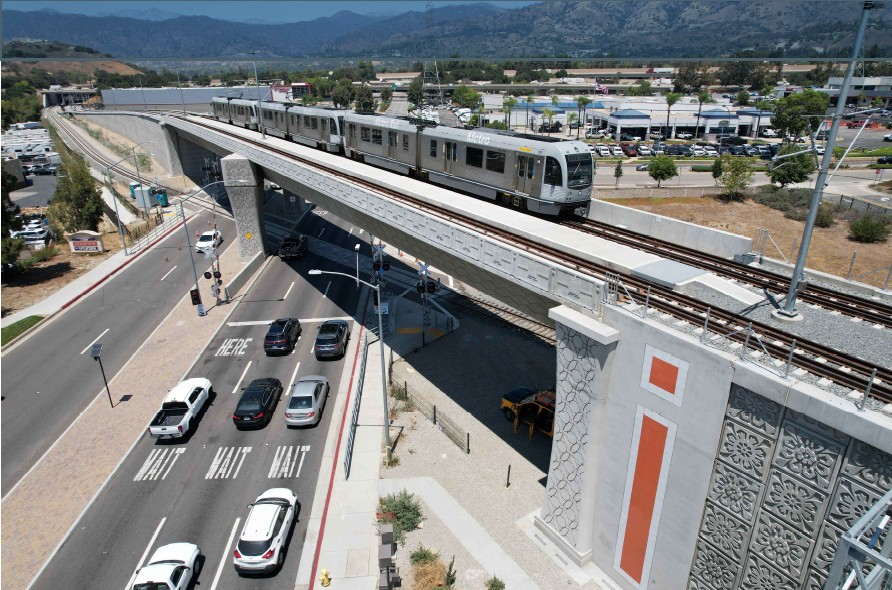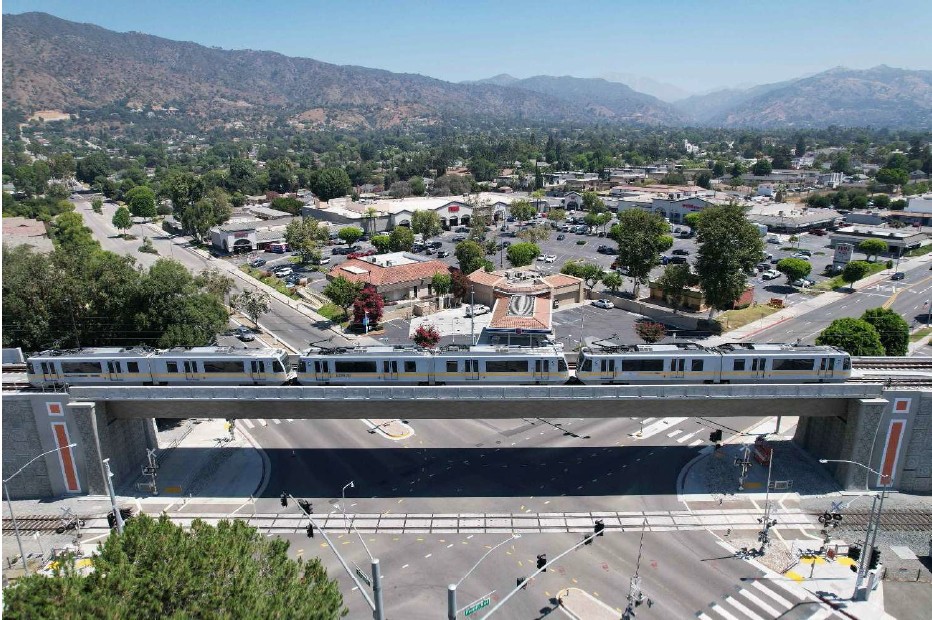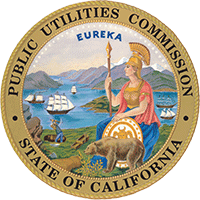How CPUC Rail Safety Division Helped Bring the LA Metro A Line to Pomona
.png?mw=1440&hash=A21913B1E6EF700D68A5C580ED93BB9F)
Milestone Achieved: Longest Light-Rail Line in World Got Even Longer
On September 19, 2025, cheers echoed through Pomona Station as the LA Metro A Line’s newest extension officially opened to riders. The 9.1-mile Foothill Phase 2B project added four new stations from Glendora to Pomona and stretched the A Line to more than 57 miles, making the longest light-rail line in the world even longer.
Before the ribbon was cut, an essential chapter quietly unfolded behind the scenes. The California Public Utilities Commission (CPUC) is the designated State Safety Oversight Agency (SSOA) for all public transit guideways in California, which includes 15 Rail Transit Agencies throughout the state. The CPUC, in conjunction with LA Metro’s Rail Safety Team, spent years verifying that every gate, signal, and emergency system was ready for safe passenger service. That process culminated in LA Metro’s Safety Certification Verification Report (SCVR), a detailed technical document confirming the system’s safety from the first test run to the first train in service.

Lone Hill Aerial Crossing – An example of new infrastructure components inspected under the SCVR process. The CPUC Rail Transit Safety Branch verified whether the project’s certifiable elements met safety and design standards before opening.
What Is a Safety Certification Verification Report?
A Safety Certification Verification Report or SCVR is required under CPUC General Order 164-F for all major rail projects in California. In simple terms, it is a safety report card that proves a new rail line is ready to open to the public.
The report for the Foothill Extension describes how the Foothill Gold Line Construction Authority (which designed and built the project) and LA Metro (which now operates it) verified safety across thousands of items, from bridge structures and fire alarms to crossing gates and station signage.
Every component went through design, construction, and testing checklists. Out of more than 6,000 certifiable elements, nearly all were fully approved before opening day. A few finishing touches, such as final signage and the Pomona Layover Facility, are being completed under strict safety controls and temporary workarounds that are reviewed and tracked by CPUC staff.

Glendora Station Pedestrian Crossing – One of several crossings inspected by CPUC staff to ensure proper signage, tactile strips, and crossing gates were in place for rider safety.
Keeping Riders Safe, Step by Step
To make sure no hazard was overlooked, the CPUC staff and LA Metro engineers performed hundreds of inspections and safety tests, including:
-
Grade crossing inspections to verify every gate, alarm, and warning device functions properly.
-
System Integration Testing to ensure all systems communicate safely during simulated service.
-
Fire and Emergency Preparedness drills to train first responders from Glendora to Pomona before passengers ever boarded.
The SCVR also documents detailed hazard analyses, identifying and resolving potential risks such as track alignment, electrical systems, and emergency access. By early 2025, all identified hazards were officially mitigated, and a Temporary Certificate of Occupancy from local fire departments confirmed that no fire or life-safety issues existed.
What This Means for Riders
For riders, this process ensures that the new A Line extension is not only efficient but also safe, reliable, and built to last. Every time a train passes through a crossing or stops at a station, layers of inspection, testing, and collaboration stand behind that moment.
The Foothill Extension connects communities from the San Gabriel Valley to downtown Los Angeles and Long Beach, offering a seamless ride across the region. Thanks to years of safety oversight by the CPUC’s Rail Transit Safety Branch and Rail Crossings and Engineering Branch, the public can board with confidence knowing that safety came first every step of the way.
In the Field with Rail Safety
“Our goal is simple: to ensure every rail project in California meets the highest standards of public safety before a single passenger steps onboard,” said Daren S. Gilbert, Program Manager for the CPUC Rail Transit Safety Branch.
The SCVR is more than a technical requirement. It is a record of accountability. By verifying everything from the smallest gate hinge to complex signaling software, the CPUC ensures that Californians can enjoy the benefits of expanded transit safely.
As trains glide eastward into Pomona, the Foothill Extension stands as a model of collaboration between local agencies, engineers, and state safety regulators working together for a safer, better-connected California.
To learn more about the LA Metro A line project, access the Foothill Gold Line webpage.
For more information on the CPUC’s Rail Transit Safety Branch visit our webpage here.
By Taseen Shamim, Public Information Officer
